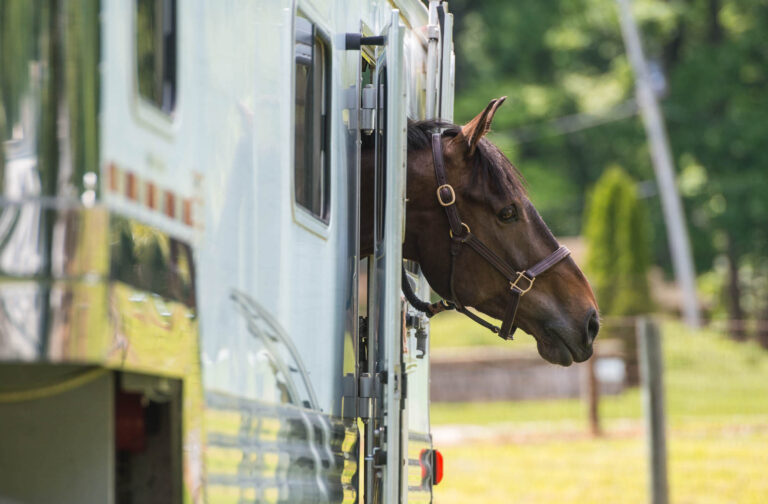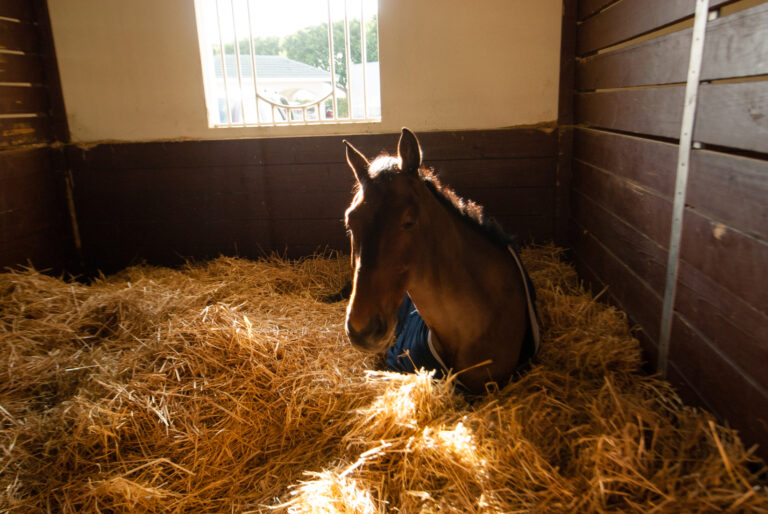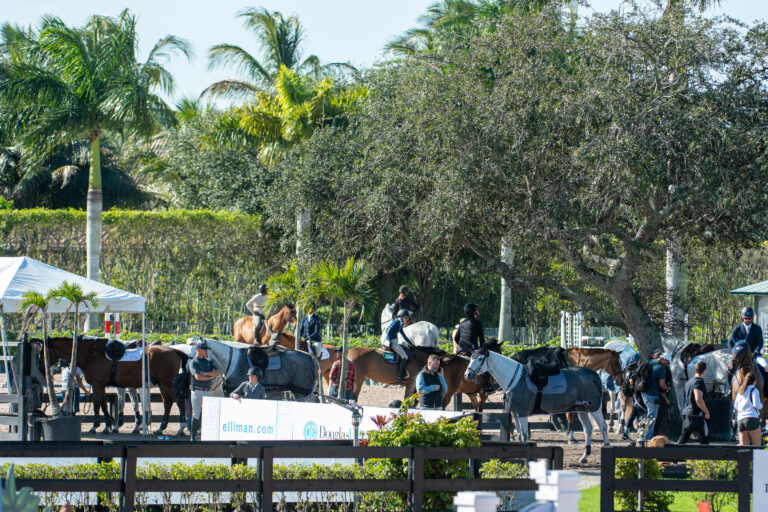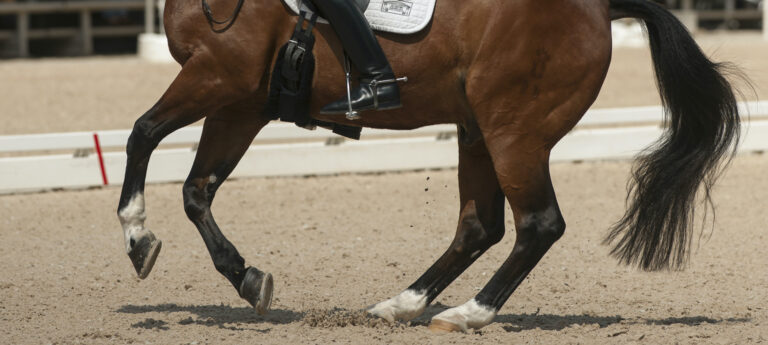Q: My barnmate’s horse seems quite susceptible to hoof abscesses. What is the common cause of this painful problem and what is the best course of action if I suspect my horse has one? —Name withheld by request
A: Hoof abscess occurs when bacteria and debris gain entry into the hoof. The body’s response is to send cells and enzymes to the area, forming a purulent material. As the purulent material accumulates, it builds up pressure under the hoof. I often use the analogy of a blood blister under your fingernail, which builds pressure and causes pain until the pressure is relieved.
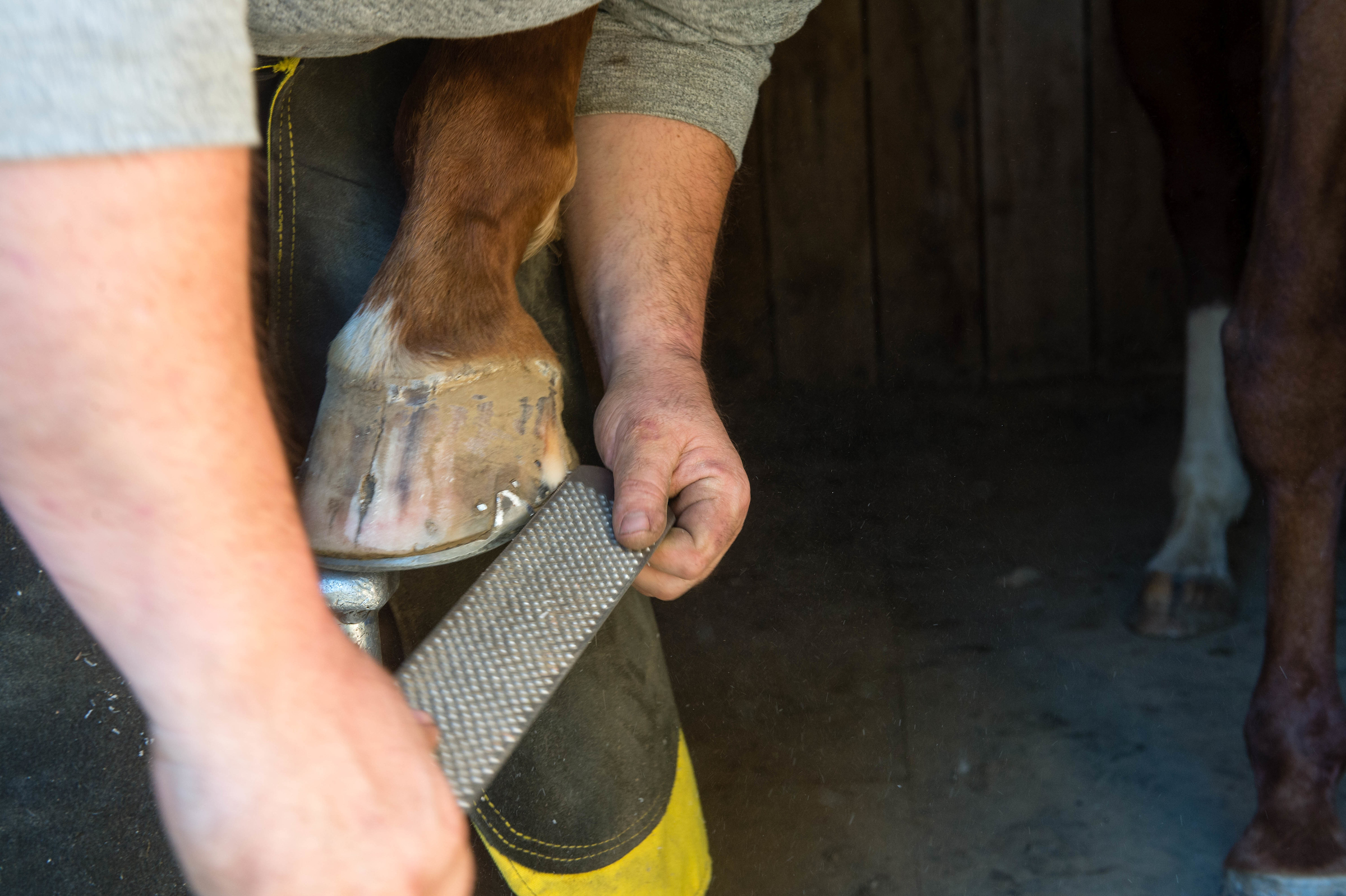
Bacteria and debris can gain entry through the hoof wall in a number of ways. The most common entry point is through the white line of the hoof. When the hoof wall separates from the sole around the white line, dirt and debris become packed into the gaps. As the horse walks, more and more debris is forced upward. Bacteria can also enter through a puncture to the foot from a nail or other sharp object.
Clinical signs of an abscess are lameness with or without the following: heat in the foot, increased digital pulse, swelling of the pastern and/or fetlock, sensitivity to hoof testers or a soft, sensitive area around the coronary band or heel bulbs. Lameness often develops suddenly and can vary from very mild to non-weight-bearing.
Contact your veterinarian immediately if you suspect an abscess, especially if there is a penetrating object in the foot such as a nail. If the object is not at risk of being forced deeper into the foot, leave it in place until the veterinarian arrives. If you must remove it, save the object and mark the location with a permanent marker as the size, location and direction of penetration can make a huge difference in the treatment and prognosis. When the veterinarian arrives, he or she will rule out other causes of the lameness such as a fracture or other injury. If possible, he will try to identify the location and open the abscess.
Unfortunately, not all abscesses can be opened immediately. They may take days, weeks or even months before they consolidate or they may travel all the way up the hoof wall and rupture at the coronary band. These are the most frustrating and can sometimes be confused for another source of lameness.
Treatments may vary depending on how the abscess develops and on your veterinarian’s preferences, but most important is to ensure that your horse is current on tetanus vaccination. Nonsteroidal anti-inflammatories (NSAIDs) such as bute or Banamine may be given for pain and inflammation. A variety of soaks, bandages or poultices may be used. Rarely are antibiotics given or appropriate except when there is risk of bone, joint or tendon involvement.
The best way to prevent hoof abscesses from forming is to have good, consistent farrier work because they are more likely to form when the hoof wall becomes too long and starts to separate at the white line. The vast majority of horses should be trimmed at least every six weeks and some more often. Abscesses are a very common, often very painful and sometimes easily treatable sources of lameness. If you suspect an abscess, call your veterinarian immediately for further instructions.
Lisa Borzynski, DVM is an FEI veterinarian and an active competitor on the eventing and hunter/jumper circuits. She has also competed in dressage. A veterinarian at the Wisconsin Equine Clinic and Hospital specializing in sport-horse medicine and lameness, Borzynski is based in Oconomowoc, Wisconsin.


